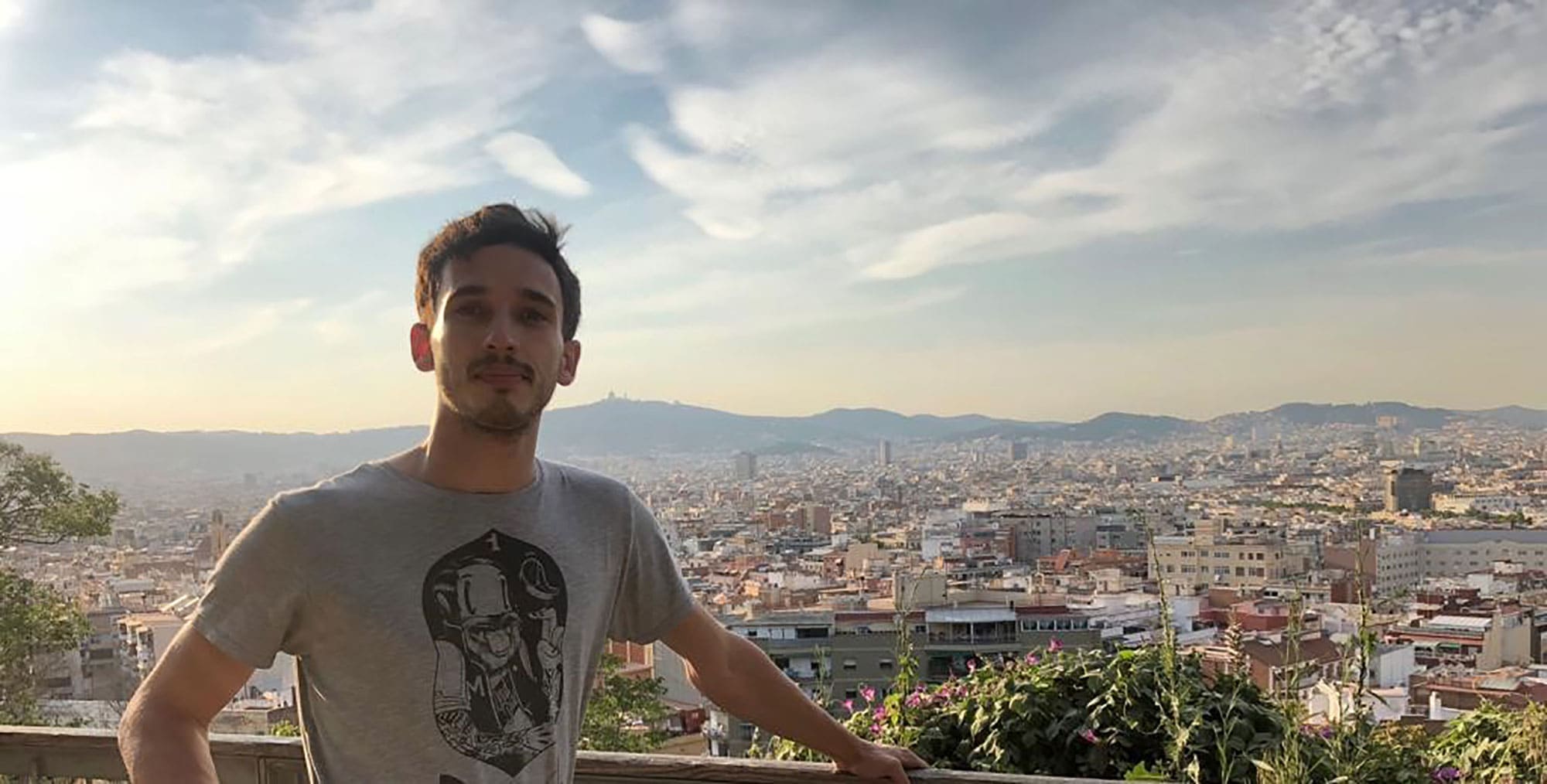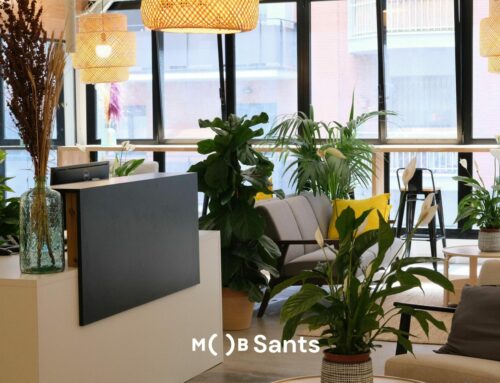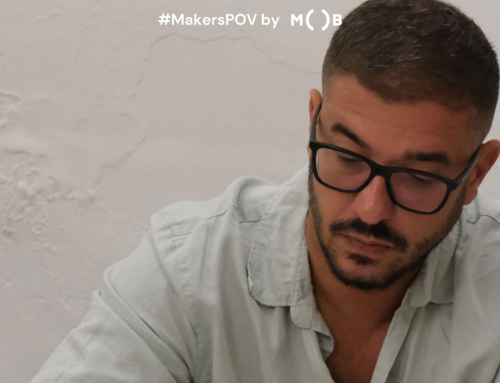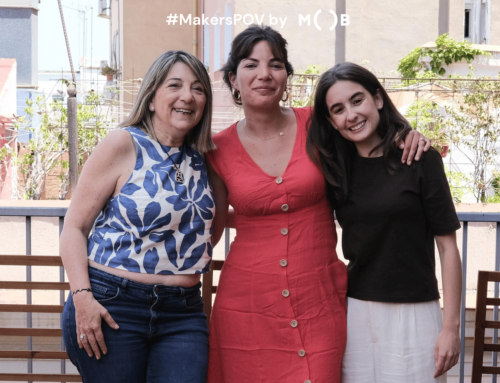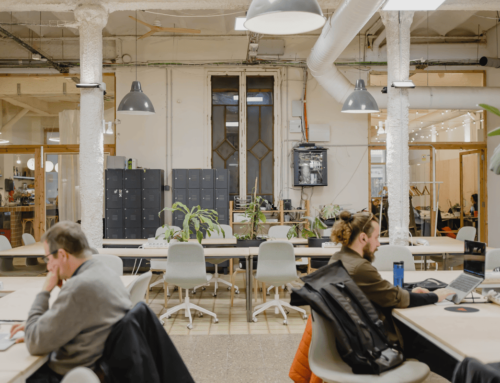– What are the main changes in the design industry in the latest years?
A lot has changed and is still changing. From a perspective of the digital design industry, I noticed a strong trend towards strategy and education. Companies and even governments have started realising the value of design and started applying design methods to the most diverse fields, from healthcare to economic development.
Design agencies started expanding their offering to more than research, design and product development. They started consulting their clients on strategy and teach them on design methodologies, like agile and human-centric design (HCD) processes. In a lot of cases, design agencies even help companies build their own internal design studios.
-Would you say that your profession is more accessible to everyone nowadays?
On one hand, it’s very accessible. With a laptop and an internet connection, anyone can start designing or coding. Hardware and software are cheaper and more powerful than ever. Better and more affordable programs show up in the market every month, making it easier for new designers to get their work done. You can also learn pretty much anything online, even for free, if you just have enough time and dedication. However, digital design skills are in high demand.
Technology has a massive role in our lives today and companies need people to design new digital experiences.
On the other hand, work opportunities and higher accessibility have made design a very competitive profession. More people are working in design worldwide, and the expected quality is high. The taste of the public has changed, mostly thanks to companies such as Apple and Google, and a bad design is just not acceptable anymore. As automation and competition are making the basic design tasks cheaper, the focus for a designer needs to be less on the doing and more on the thinking. Learning how to solve problems of any kind and not being afraid of stepping out of their comfort zone is essential.
A designer needs to understand user experience, research, prototyping, and think in business terms. To give an example, a few years ago, we saw the boom of user experience design (UX), a discipline which aim is to increase the usability, accessibility and desirability of products. Now it’s the turn of Service Design, an even broader discipline that combines research, business strategy, and design.
– What tools and apps would you recommend using in your job?
Since I work remotely and independently, collaboration and transparency with my clients are absolutely key. For this reason, I use mostly cloud-based apps, since they make it easier to collaborate and share my work.
- I keep all my work and resources in Dropbox, always synchronised. This way, I don’t have to send files to my clients, but just the links.
- I use Dropbox Paper to write to-do lists, notes from and project plans. It’s beautifully designed and browser-based.
- For communication, I use Slack. I keep emails only for official communications like invoicing and contracts.
- For design work, I use Figma, a free browser-based design and prototyping tool. All the files are stored online. If you work in digital design, give it a try, this is a real game changer.
- For web development, I use Webflow, another web-based app that allows to design and publish websites without writing code.
- I use Photoshop just for image editing (which is what was made for).
– How was it that you ended up coming to Barcelona?
After finishing university, I was terrified by the idea of spending the rest of my life in my hometown, so I started applying for jobs abroad. After weeks and tens of emails, a design agency in Amsterdam offered me an internship. I have never been to Amsterdam, but I had heard good things about it, so I packed my stuff and moved there.
I thought of moving to Barcelona for a couple of years ago, but I couldn’t take a decision. It might sound weird, but eventually, it happened without planning it. This summer I went with a friend on holidays to Andalusia, and we ended the trip in Barcelona. I had rented out my room in London, and I had my laptop with me, so I decided to stay a bit longer and do some remote work. This short stay became a month, then two… you know how it goes. I loved the city, but I struggled to find clients, whilst I was receiving a lot of juicy work offers from London. I thought a lot about moving back to the UK. Eventually, I found a company in London open to a remote collaboration, so I decided to stay. Now, after two years, enjoying this lifestyle, I can definitely define myself as an independent freelance digital designer. I earn my “bocadillos” by designing brands, websites and apps. Sometimes I develop websites. I also work on animation from time to time.
– Do you like it?
¡Barcelona me gusta un monton! After living in London for three years, I really appreciate the comfort of the city and the small things, like walking to work, having good food for a decent price, seeing a blue sky in the morning and be surrounded by people who seem to have a good time.
I realise how much these things matter and how important it is to live in a non-toxic environment.
– Why did you choose Mob?
I spent the first two weeks in Barcelona working from home. I quickly realised that it wasn’t good for my mental health, so I started looking for co-working spaces. I chose Mob for its friendly atmosphere and affordable prices. Mob allows me to have a nice work atmosphere, where I can have chat, without having the stress related to an office.
– What are your next goals?
I would like to start a business at some point. Freelancing is fun but it’s also an unpredictable and often stressful lifestyle.
Then, good luck with that! Just go for it ??
